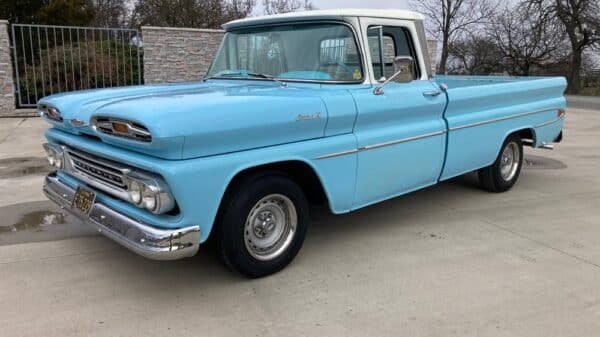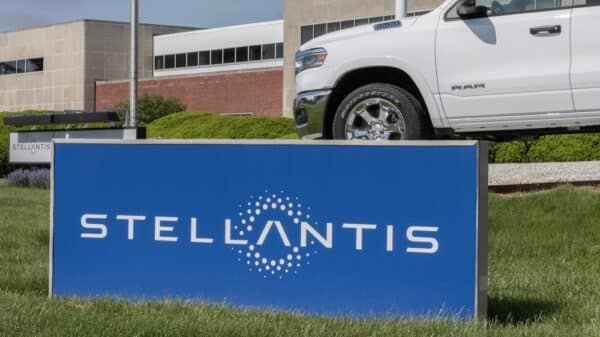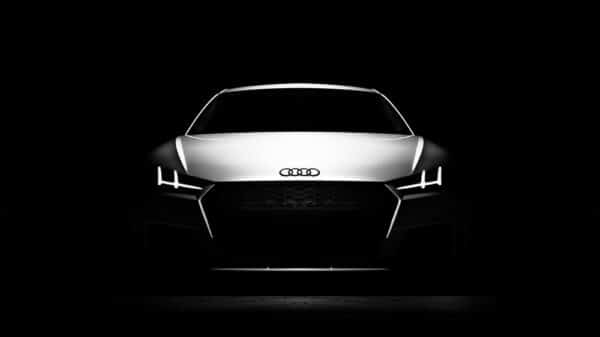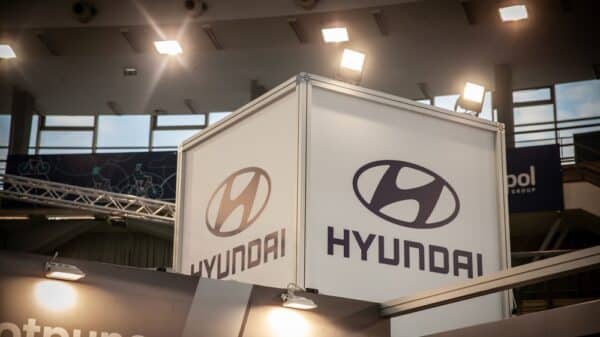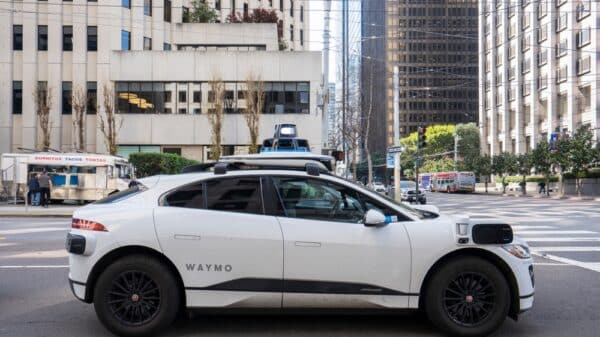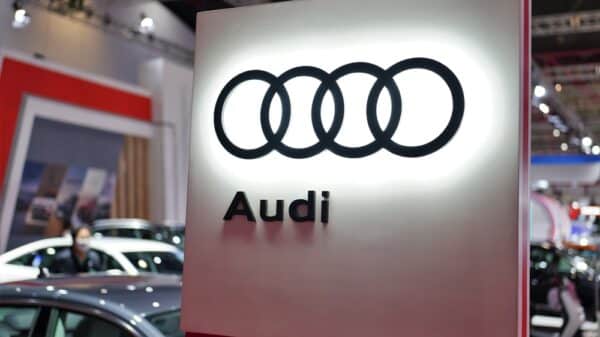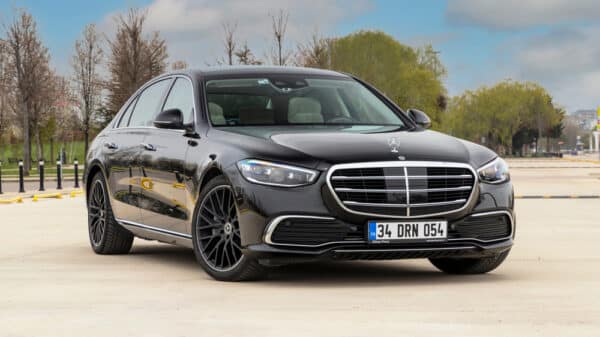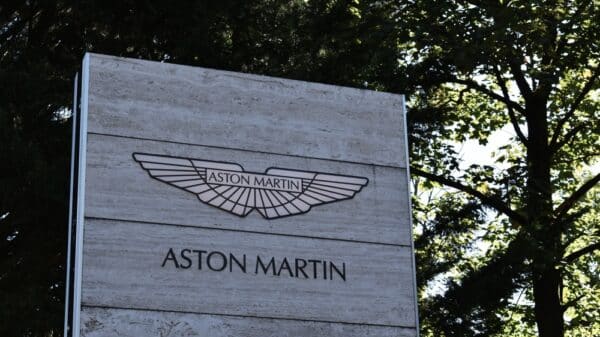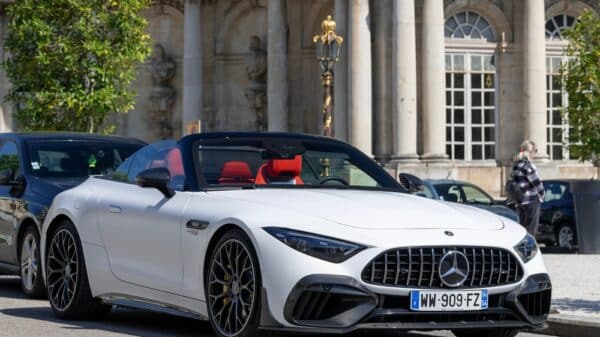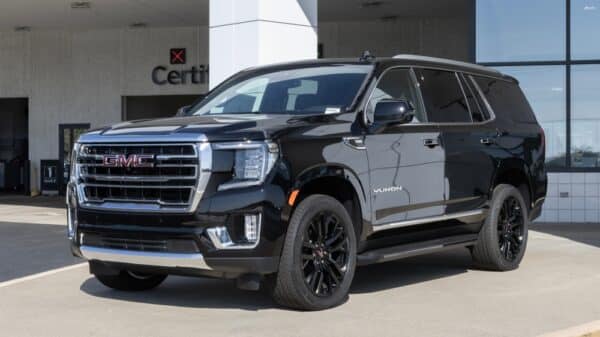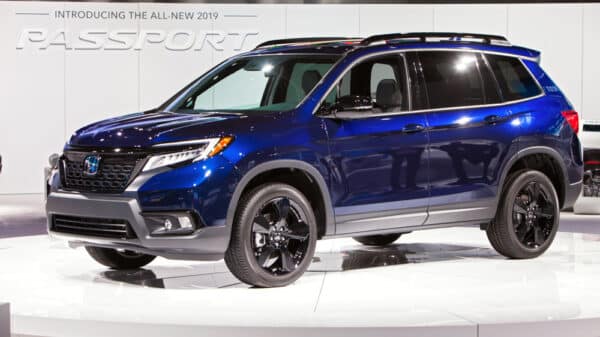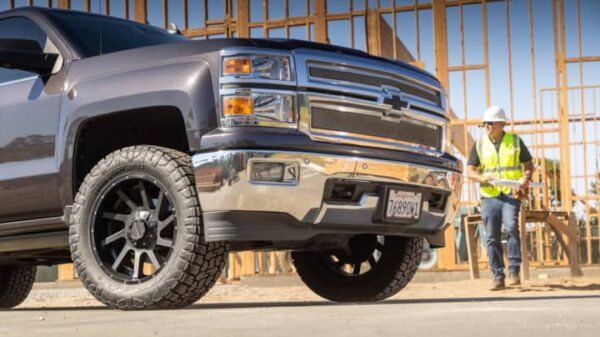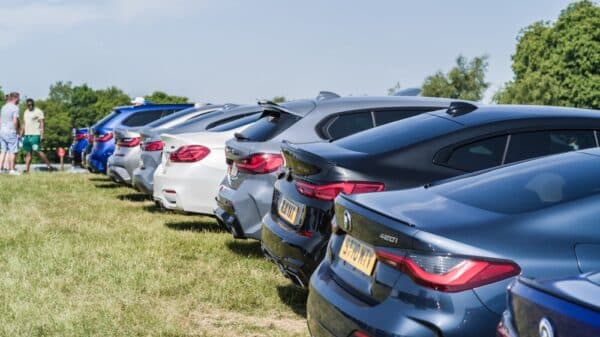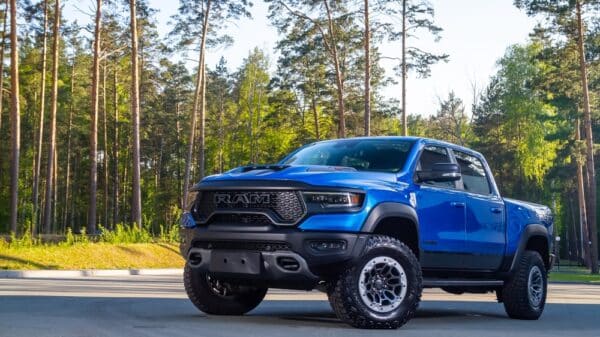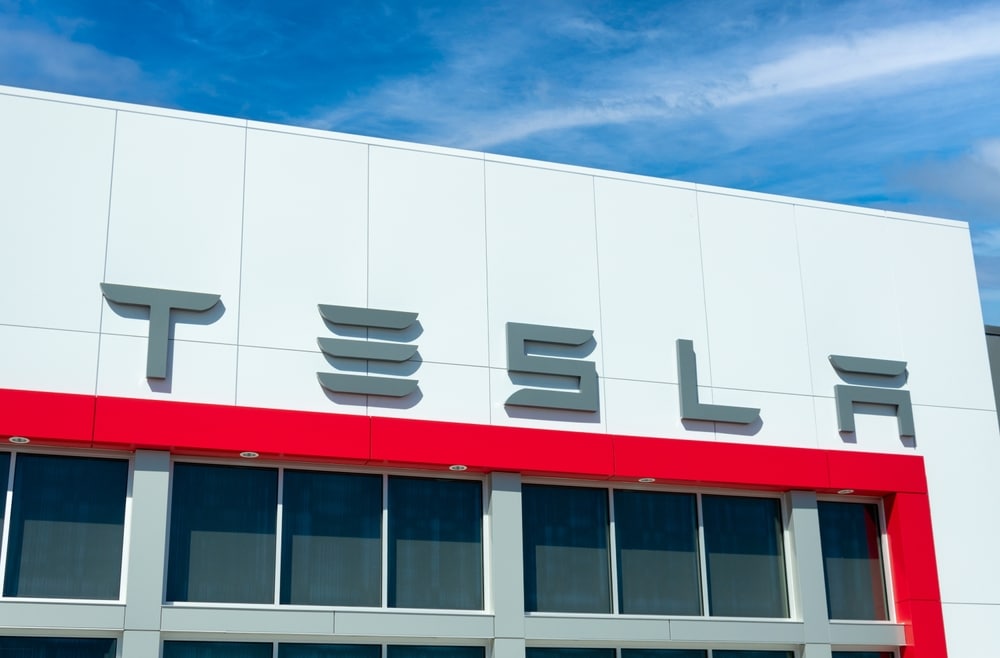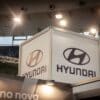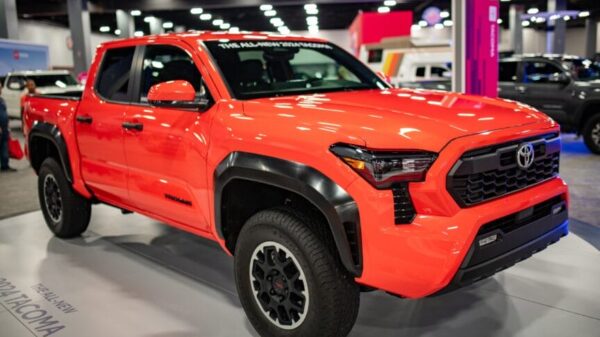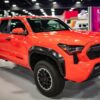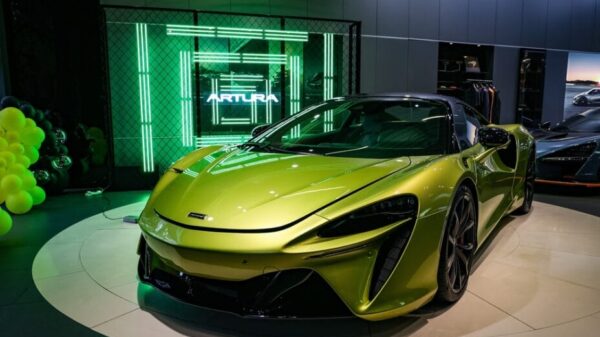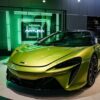Elon Musk, the enigmatic CEO of Tesla, has never been one for downtime. Recently, he’s thrown himself into his passion for political engagement, notably backing the Republican Party during an extremely competitive state Supreme Court race. His personal financial commitment to this cause has been substantial, with millions flowing from his own pockets. However, the outcome of this political endeavor was less than favorable for Musk, as his candidate fell short at the polls. Now, he’s left grappling with a different challenge: Tesla’s performance numbers, which aren’t looking particularly rosy for the first quarter.
As Tesla’s investors brace themselves, they may be left wondering just where Musk’s priorities lie. Does his political fervor detract from the focus needed to steer the company through these turbulent times? This isn’t just speculation; it’s a question grounded in real financial implications and operational challenges that Tesla is now facing amid its most pivotal moments.
On Wednesday, the release of Tesla’s first-quarter delivery reports is set to grab headlines amid an already busy day for the automotive and technology industries. Among other stories making waves is the arrival of new tariffs affecting not just Tesla, but almost the entire auto industry, as questions about economic stability loom large. Volkswagen’s Seat brand also finds itself in turmoil, losing its CEO right as it prepares to enter the competitive U.S. market.
For a company like Tesla, already experiencing a slowdown in sales across Europe and China, the stakes couldn’t be higher. European consumers have developed a growing disenchantment with the brand, fueled by Musk’s increasing involvement in conservative political discourse, while in China, homegrown electric vehicle manufacturers are swiftly gaining traction and customer loyalty. Meanwhile, in the U.S., sales figures paint a murky picture. Protests at Tesla dealerships have intensified over recent months, showcasing a palpable discontent among consumers that can’t be ignored.
Tesla watchers are bracing themselves for disappointing first-quarter delivery results. Analysts from Bloomberg have issued new projections that show a significant downturn. While the forecast estimates around 390,000 vehicle deliveries—a staggering drop from over 460,000 in early January—some analysts suspect that the figure could range from as low as 315,000 to as high as 448,000. The disparity speaks volumes about the uncertainty surrounding Tesla’s demand and market strategy.
As Gene Munster, a managing partner at Deepwater Asset Management, put it succinctly, “There’s been a softening, and it’s been pretty profound.” Market fluctuations are one thing, but how Musk and Tesla respond to these challenges will ultimately shape the narrative going forward.
Transitioning to yet another pressing matter, the auto industry recently experienced an anxious April Fool’s Day devoid of the usual playful antics. As the automotive sector grapples with the potential cascading effects of President Trump’s newly announced tariffs—dubbed “Liberation Day”—the mood has shifted from light-hearted banter to serious concern. The tariffs are expected to significantly boost vehicle prices, complicating matters further as inflation raises costs across the board.
Experts estimate that this could mean an increase of $4,000 to $10,000 per vehicle, with electric cars potentially seeing even larger spikes. For an industry already navigating the tumultuous waves of economic instability, the added demands to invest in electrification and technological advancements present a daunting challenge.
Amidst this backdrop, the Volkswagen Group finds itself at a crossroads, with sales slumping in its key markets. The company is eager to make a splash in the U.S., producing new vehicles like the Scout Motors EV, while also trying to expand its Seat brand into the American landscape. However, the unexpected departure of Seat’s CEO only adds to the uncertainty as they enter the fray.
With each new day, the auto and technology industries reveal fraught realities, challenging the optimism that often surrounds them. As consumers and industry watchers alike digest these developments, one thing is certain: the road ahead is anything but clear.At the close of this decade, the Volkswagen Group is embarking on an ambitious journey by introducing a fresh brand: Cupra. This strategic move aims to tap into a segment of buyers who may have felt overlooked by its more traditional offerings. The goal? Attract a diverse clientele and invigorate its market presence, particularly as automotive preferences continue to evolve globally.
However, this optimistic outlook faces an unexpected twist with the departure of Wayne Griffiths, the architect behind the whole Cupra concept. As CEO of both Seat and Cupra, Griffiths took the automotive world by surprise when he stepped down from his position—reportedly of his own accord, a fact that has left many in the industry reeling. According to an article from Fortune, just three weeks ago, he was eagerly anticipating the June opening of Cupra’s flagship store in the U.K., a project he had significantly invested his efforts into. His exit raises a lot of questions and concerns about the future trajectory of Cupra and its planned expansion into the U.S. market.
What makes this turn of events even more puzzling is Griffiths’ recent success—record results were reported even amidst a stagnant European car market in 2024, where the brand derives a whopping 90% of its revenue. He was on the verge of unveiling the Raval small electric vehicle, which is based on the Urban Rebel concept, and was in discussions with Penske Automotive to introduce Cupra to American shores by the decade’s end. This was no small feat, as Cupra was vying for recognition against established brands like BMW’s Mini and emerging names like Hyundai’s Genesis.
Griffiths has been credited with transforming Cupra from a corporate entity into a brand with a persona. Despite the fact that it was created in a corporate setting, Griffiths had a unique talent for branding, positioning, and design that allowed Cupra to compete effectively in a crowded marketplace. While some industry watchers speculate about Griffiths potentially taking the helm at Stellantis—a hypothesis fueled by his impressive track record—his prior association with Cupra casts a shadow of uncertainty over the brand’s future now that he’s gone.
The pivotal question lingering among industry insiders and car enthusiasts alike is what will become of Cupra’s plans for U.S. expansion, particularly with looming tariffs potentially complicating matters. With insiders from platforms like InsideEVs and Motor1 gearing up to sample Cupra vehicles at an upcoming event in Miami, fans and stakeholders await any insights that might emerge to clarify the brand’s path forward.
In another dimension of the automotive landscape, there’s the ongoing conversation about Tesla. Bound up in controversy surrounding Elon Musk’s polarizing leadership style and public persona, Tesla’s loyal customer base is grappling with feelings of betrayal. Those who have long championed Tesla are now questioning their allegiance as the brand seems to drift further from its original ethos amidst corporate and political tumult.
The uncertainty surrounding Musk’s future focus raises a significant question: if the company were to address these issues—say, by curtailing its political activities, or if a new CEO were brought in—would consumers return to the fold? For many, the anger expressed through protests outside Tesla stores suggests that there’s a deeper divide that won’t easily heal. Yet, it’s also true that the American public has a notoriously short memory when it comes to corporate crises. Other brands have weathered storms of public dissatisfaction and emerged stronger; could Tesla do the same?
As consumers ponder whether they would forgive and forget, it’s essential to consider what it might take to mend the rift. What would have to happen for Tesla to win back the loyalty it once enjoyed? Engaging with readers through comments seems like a starting point—sharing thoughts, feelings, and experiences could illuminate this complex relationship between consumers and one of the most talked-about automotive brands today.
As the EV landscape continues to shift and evolve, it’s clear that the road ahead will be challenging for both Cupra and Tesla. The coming weeks and months should shed more light on how these narratives unfold and how brands will navigate their respective trials and tribulations.
Image Source: Ken Wolter / Shutterstock

